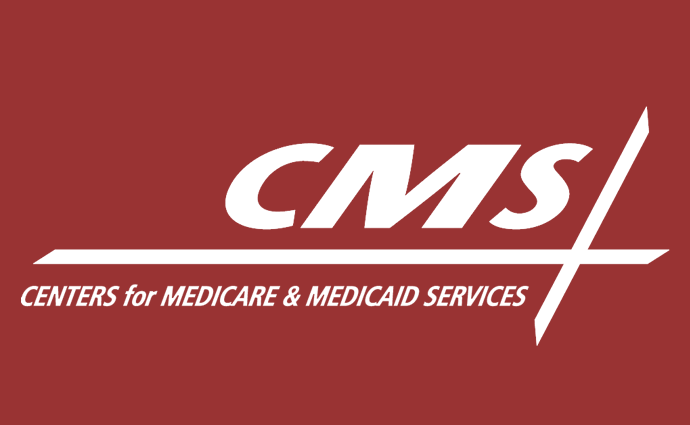ACA Premiums Will Fall 4% and 20 Payers Join Marketplace in 2020
Healthcare officials balance the positive news of the decreased ACA premiums with a reminder that they still intend to repeal the ACA.

Source: CMS
- The average premium on Healthcare.gov dropped for a second consecutive year, down by four percent, CMS announced.
Delaware saw the highest Healthcare.gov premium decline, where the premium for a 27-year-old beneficiary dropped 20 percent. Nebraska and North Dakota followed closely behind with 15 percent lower premiums. Montana, Oklahoma, and Utah also witnessed double-digit decreases.
“Lower costs and more options for American patients are a key piece of President Trump’s healthcare vision: an affordable, patient-centric system that puts you in control, and treats you like a person, not a number,” said HHS Secretary Alex Azar. “The President has delivered lower costs and more options under the Affordable Care Act (ACA) for two straight years, and this work reflects his overall approach to healthcare: protect what works and fix what’s broken.”
“CMS has taken strong steps to deliver more choice and affordability to consumers in the individual market and I’m pleased to report we’re delivering strong results,” said CMS Administrator Seema Verma.
She likewise pointed out that this was the second year that CMS achieved lower premiums and more plan options, but noted this fact with qualifications.
“Premiums are still too high for people without subsidies,” Administrator Verma contended.
In addition to lower premiums, the federal health insurance exchange platform will see an increase of twenty more issuers. The platform, which struggled to retain payers in the first few years after the ACA’s enactment, is beginning to see a comeback.
Payer participation in the ACA marketplace dropped 44 percent in two years between 2016 to 2018, the press release reminded.
To stabilize the marketplace, CMS issued a market stabilization rule in 2017 and implemented the waiver program to approve 12 states’ reinsurance programs, which CMS and some states credit with lowering the premiums. Three of the states with double-digit premium declines—Delaware, North Dakota, and Montana—had implemented reinsurance waivers.
Now the marketplace boasts 175 participating healthcare payers in 2019, compared to 132 in 2018.
Despite their approval of the past two years’ successes in the ACA marketplace, both the HHS and CMS officials underscored the administration’s intent to repeal the ACA.
“The ACA simply doesn’t work and it is still unaffordable for far too many,” said Secretary Azar. “But until Congress gets around to replacing it, President Trump will do what he can to fix the problems created by this system for millions of Americans.”
Administrator Verma echoed the HHS Secretary’s statement, pointing to the ACA’s tumultuous early history.
“This administration inherited double-digit premium increases and a steep drop in plan choices as a result of Obamacare’s costly regulations,” Administrator Verma added. “Despite the law’s deep flaws, we have been committed to taking every step possible to lower premiums and provide more choices.”
Particularly for unsubsidized individuals, meeting the individual market’s high premiums remains a financial challenge, according to recent data from the Kaiser Family Foundation (KFF).
The individual health insurance market’s enrollment, both on and off the exchange, declined five percent in the beginning of 2019. One of the key factors was high premiums, KFF discovered. Unsubsidized, off-exchange, ACA-compliant plans saw the highest rate of disenrollment and faced the worst fallout when premiums fluctuate.
The administration sought to increase plan options, thereby boosting competition and lowering premiums. To accomplish this, CMS created the short-term, limited-duration plan and association health plan.
The administration’s alternative to ACA marketplace plans came under fire for allowing payers to reinstate pre-ACA practices. Opponents argued that the plans’ narrow benefits leave coverage gaps resulting in hefty out-of-pocket bills.
In particular, opponents have pointed to separate data from KFF which demonstrated that members with pre-existing conditions may be declined coverage if the ACA were to be repealed.
Despite the falling premiums and increased competition in the ACA marketplace, the administration is moving ahead with its attempts at repealing the ACA. In December 2018, a district court in Texas joined the administration in finding the entire ACA unconstitutional. The defendants appealed this decision and the case now awaits the 5th Circuit court’s consensus.
